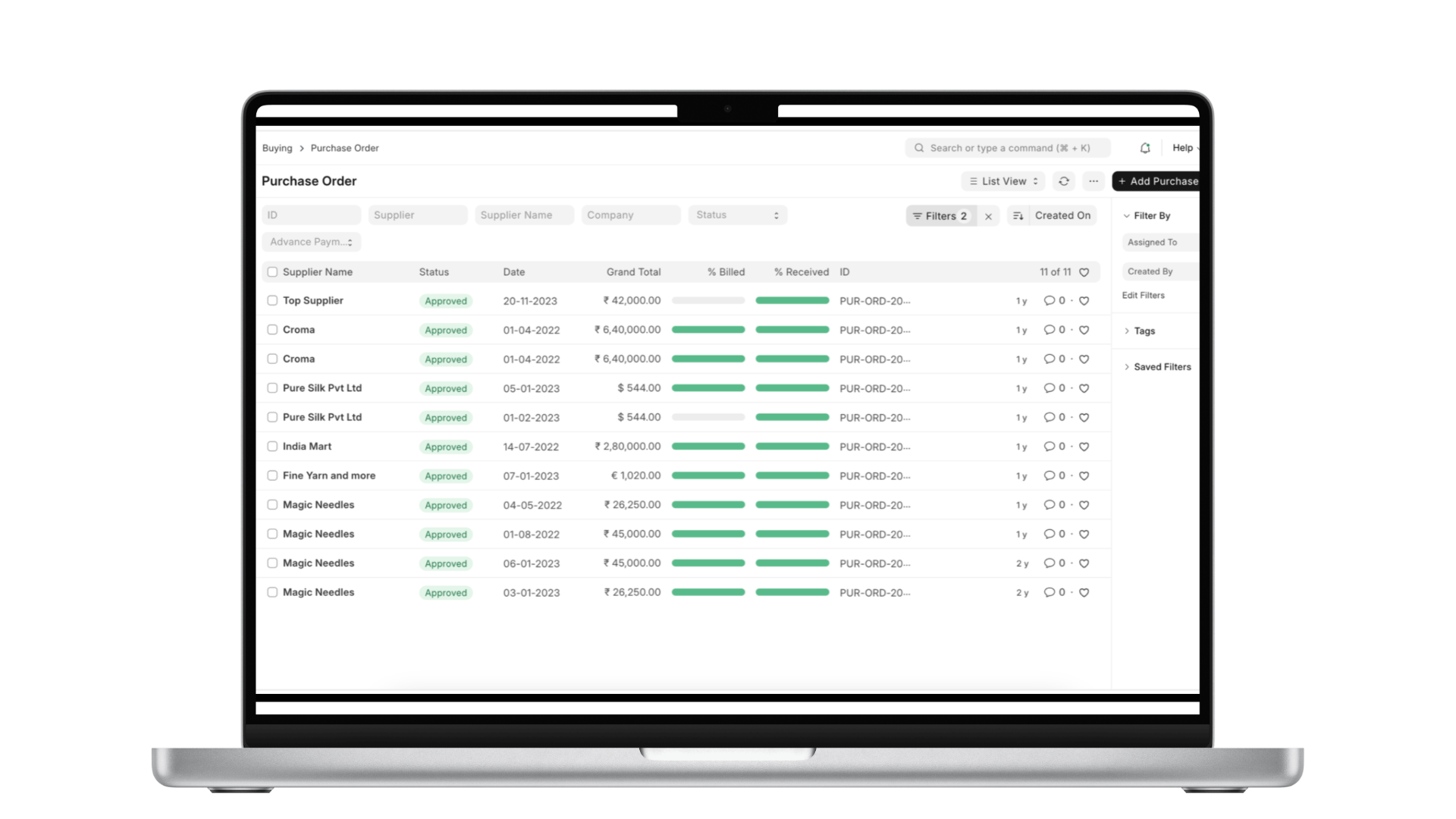Stay ahead in the UAE’s competitive trading hub. From procurement and inventory to sales, logistics, and compliance—manage your entire business on a single, purpose-built ERP.
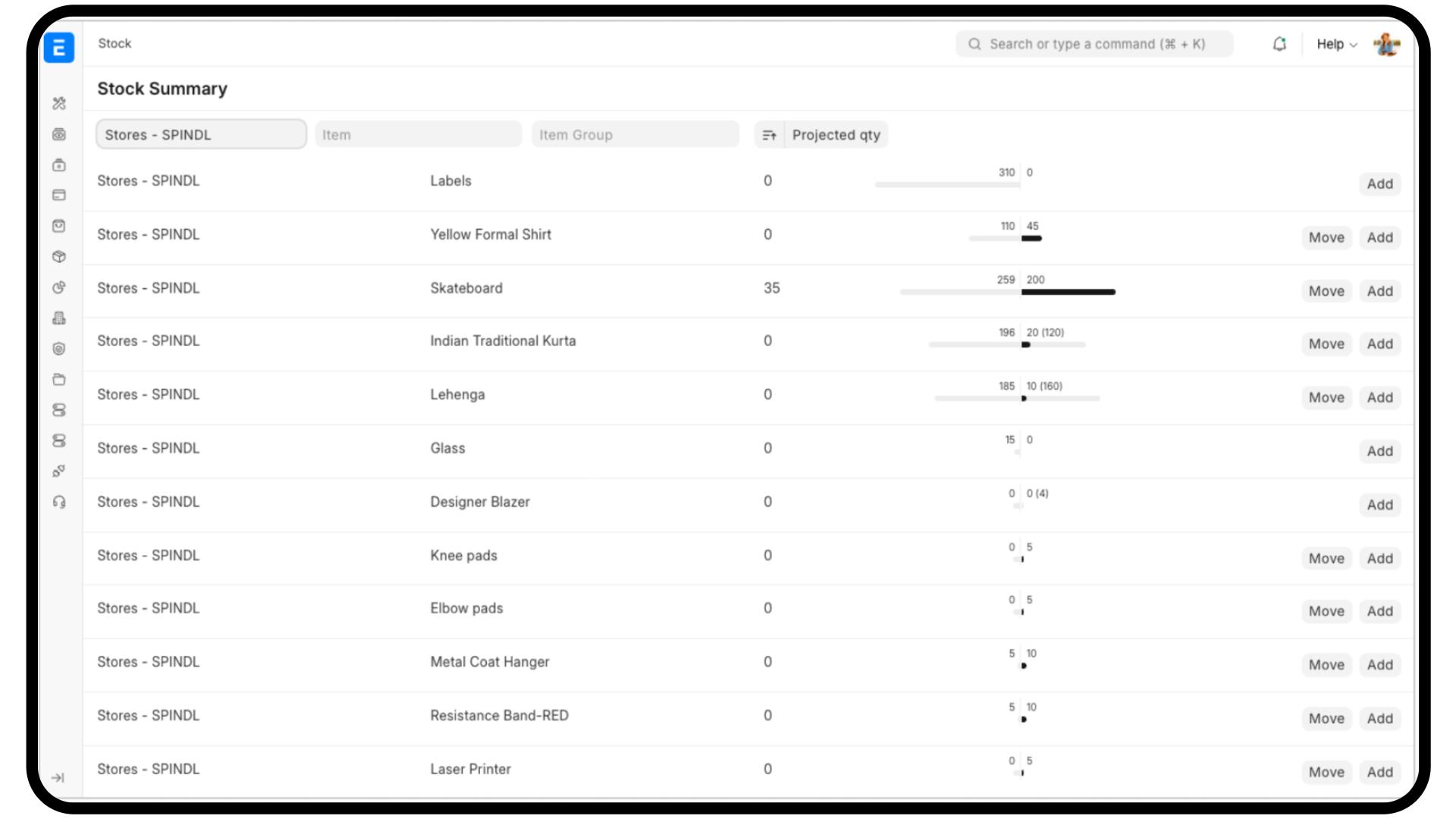
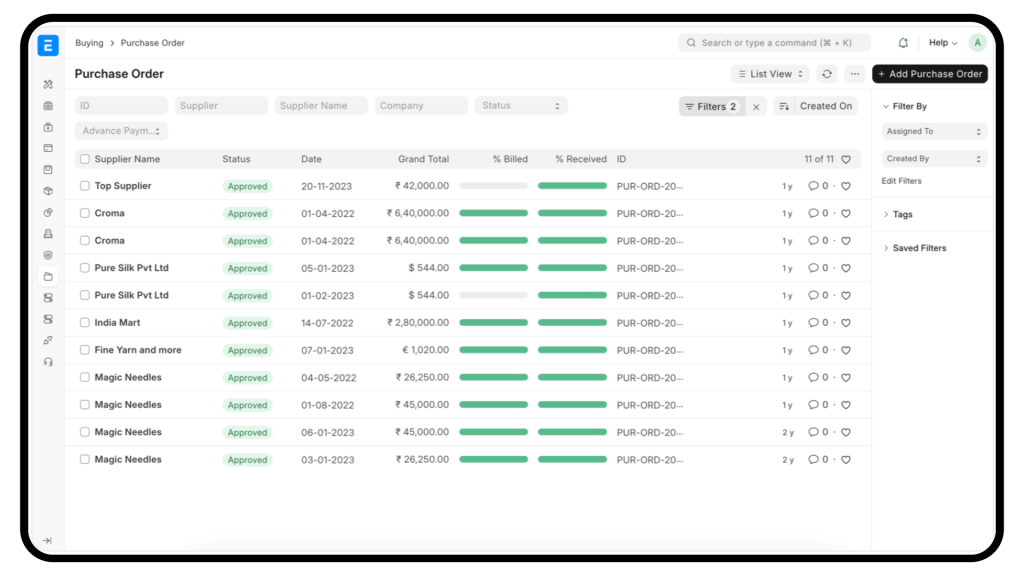
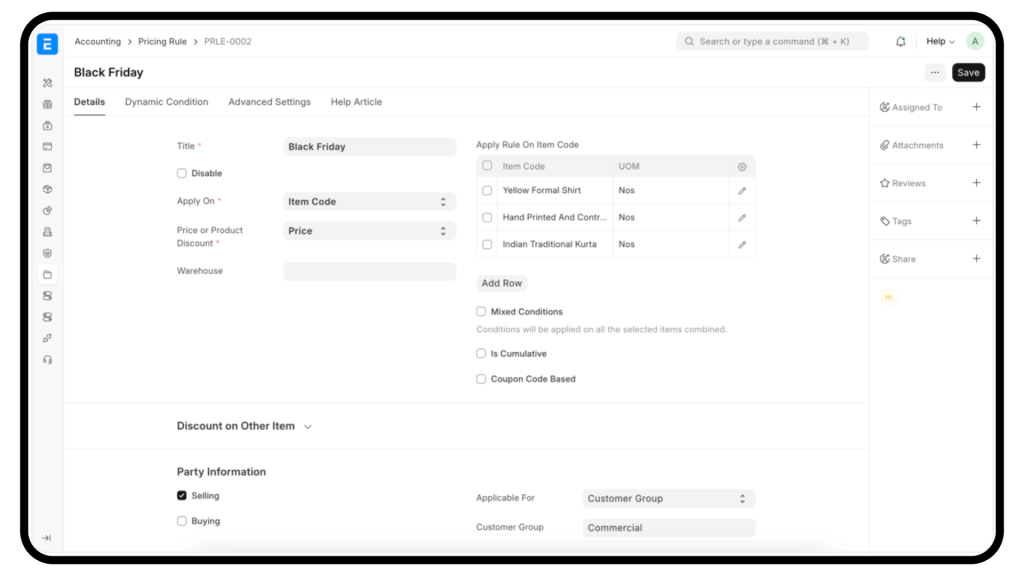
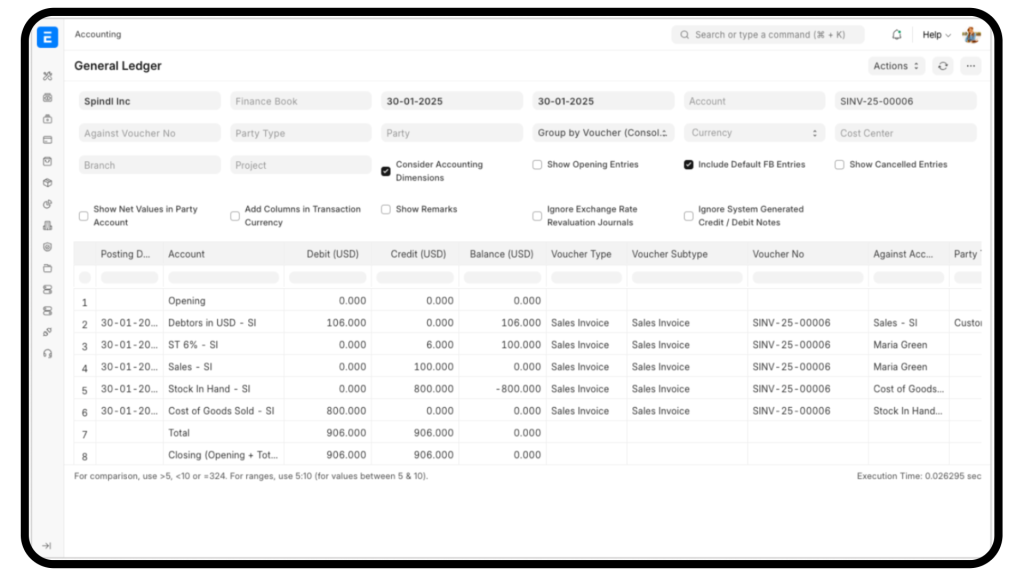
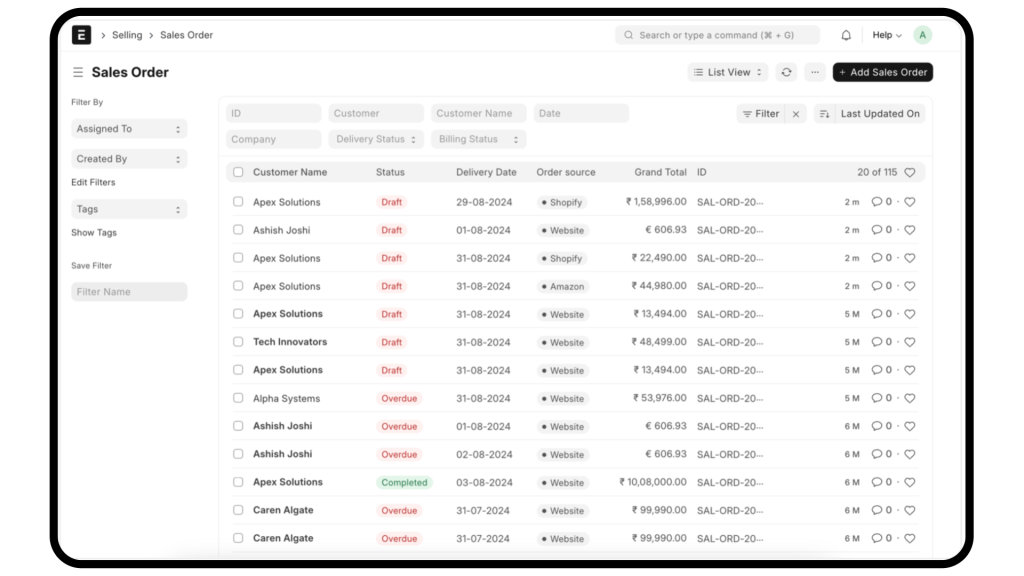
Monitor stock, variants, and warehouses in real time—avoid dead stock and keep products available when customers need them.
Track procurement from request to order—compare prices, manage RFQs, and source smarter.
Handle leads, orders, and customer activity with ease—see who buys the most and what sells the fastest, all in one view.
Generate invoices, handle returns, and monitor payments—stay VAT-compliant with clear cash flow, ledgers, and reconciliations.
Dashboards give clear insights across inventory, sales, finance, HR, and customer activity—helping you respond faster in a competitive market.
Industry-Specific ERP
ERP designed for trading businesses in the UAE with built-in VAT and Corporate Tax compliance.
Modular & Scalable
Flexible modules that adapt to small firms and large distribution networks alike.
Expertise & Support
UAE-based team providing implementation, training, and ongoing assistance.
ERP for Trading — Your Questions Answered
ERPNext gives UAE traders real-time control over stock, pricing, and orders — without the heavy costs or hidden fees of old-school ERPs. It’s perfect for fast-moving import/export businesses that can’t afford delays or stock-outs.
💡 Smart traders act fast. Avoid missed orders. Win repeat customers. [Book your free demo →]
ERPNext tracks multiple warehouses, batches, and real-time stock in one dashboard. It sends reorder alerts, automates restocking, and keeps your shelves full — so you never lose a sale.
📦 80% of UAE traders say real-time stock control keeps their profit margins safe.
Yes. ERPNext handles UAE VAT from day one — automatic VAT calculation, FTA-ready returns, and stress-free compliance. Stay audit-ready without last-minute surprises.
🧾 VAT sorted, stress avoided. [Talk to a local ERP expert →]
Most UAE trading businesses go live in 6–8 weeks with TechfordAI’s local ERPNext experts — so you keep fulfilling orders without disruption.
⏰ Downtime kills deals. Launch fast, trade smarter. [Get your roadmap →]
Yes. Manage import/export paperwork, multi-currency payments, and container tracking — all in ERPNext. Save time, stay organized, and focus on growing your trading network.
🌍 Expand without limits.
